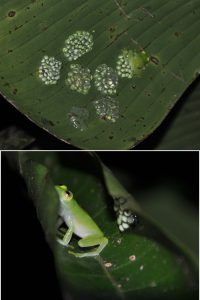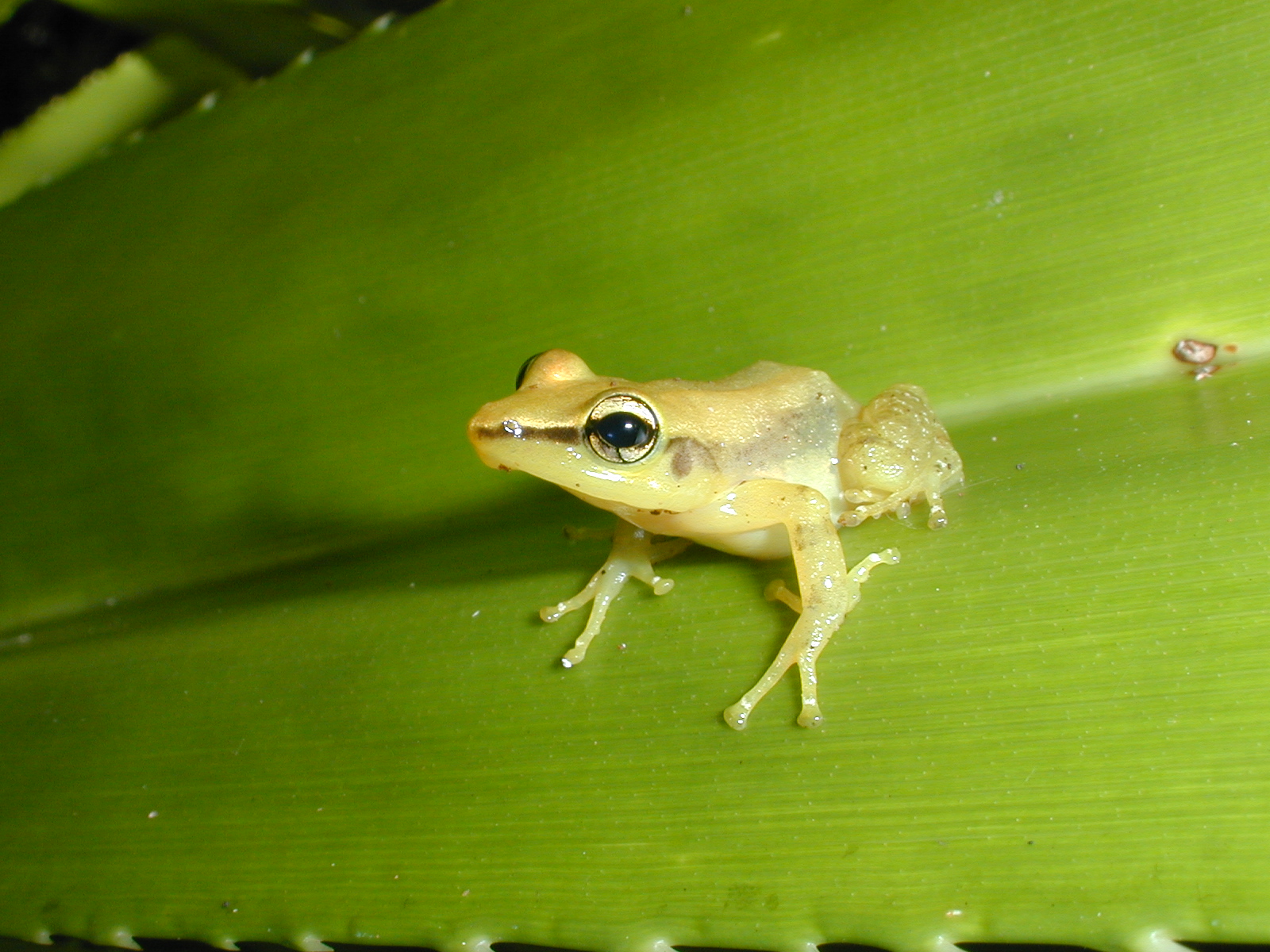Hi all,
Below is some collected advice and information about our upcoming trip. If you haven’t purchased your tickets yet, please do so soon, while tickets are cheap (and remember to run the itinerary by me before purchasing). Remember we depart July 27 (arriving the morning of 7/28), depart Tobago for Trinidad the morning of 8/4 and depart Trinidad for the U.S. the night/morning of 8/5-6. Please consult earlier emails from me on the particular flights we’ll be on.
Before departing the US, make sure that you check out the Transportation Security Administration’s website for lists of items you cannot bring on a airplane or an airport and information on how to get through security with a minimum of hassle (http://www.tsa.gov/). We’ll meet up at the departure gate in Newark and be together from there. Also, when you arrive in Trinidad, you will have to fill out some paperwork to pass customs upon arrival. They usually hand out the forms before landing, so its a good idea to fill it out while you’re still in the air. You’ll need your passport, information on your flights, and an address where we’ll be staying. You can give the following: Castara Cottage, Castara, Tobago. Phone: 868-757-1044.
Upon arrival, we’ll probably change some US dollars for T&T dollars, get some cell phones activated, grab some coffee/breakfast and wait for our flight to Tobago.
Trinidad and Tobago poses relatively few health risks to travelers and no immunizations are required for entry. However, the Centers for Disease Control do recommend the following vaccinations: yellow fever, Hepatitis A and B and typhoid. The risk of all of these is small, especially in Tobago. Note that there is no malaria in Trinidad and Tobago. It’s never a good idea to take unnecessary risks with your health, so check out the detailed information on the CDC website:
Also, don’t forget to bring any prescription medicines you take and make sure you have enough to last the whole trip. Keep them in their original prescription bottles and always in your carry-on luggage. Also, medicine for diarrhea and stomach upset is wise to bring along as these maladies are common (if brief). Lastly, wearing sunscreen and staying well hydrated can be important as we will be spending lots of time outdoors and it will be sunny and hot.
Note that if for some reason you will be arriving in T&T from someplace where yellow fever is present, you will need to provide a yellow fever vaccination certificate upon arrival at the airport. This will not apply if you are traveling from the United States.
Also, let me know if you have any serious allergies or have any dietary restrictions. We will be doing almost all of our own cooking and everyone will be expected to participate in this effort (whether that be cooking or cleaning up afterwards). Note that I am a vegetarian and while I won’t disallow meat at our meals, it may not be as frequently consumed as you may be used to.
Lastly, I mentioned that I advise the purchase of travel insurance for the trip. I’ll get back to you soon with a specific recommendation on that.
You do not need to bring your cell phone, we will have several that work in T&T. If you are considering bringing yours, call your provider and make sure you will have coverage outside the U.S. If you make a call to the US on these phones (which is fairly expensive), you’ll have to purchase minutes to offset that. Once we get down there, you can also buy calling cards for your personal use which can be used to call the US from any touchtone phone (not just pay phones).
You do not need to bring your laptop, though you can if you’d like. Just remember, we’ll be in the field A LOT and laptops are easily be stolen. I will be bringing a laptop for research purposes and there will be an internet cafe a few blocks away when we are in Tobago. In Trinidad, it will be a little more of a hike from where we will staying but we will stay have ready access to the internet there also.
Other very useful items:
sturdy shoes for hiking
rain gear (breathable!)
flip flops or sandals
sunglasses
wide brim hat
alarm clock
headlamp or flashlight
water bottle
backpack
binoculars
insect repellent (preferably one containing DEET)
digital camera (I’ll have a nice one along, but you may find a point and shoot handy)
As for money, there are currency exchanges in both the Trinidad and Tobago airports. You can also use most ATM or debit cards to get local (or US) currency and these are fairly widely available. All banks in T&T will also change US dollars or traveler’s cheques (while some guidebooks advise against traveler’s cheques, I’ve never had a problem getting them cashed). Credit cards are accepted at some larger stores and locations but don’t expect street vendors to take your VISA, Mastercard or COW Card! Given all these options, don’t bother trying to get any T&T dollars before we go down.
I assume you know to also bring all of your necessary clothes, toiletries, prescription medications, etc. For clothing, I have found that a t-shirt or a thin long-sleeve shirt with lightweight (breathable) cargo-type pants is a good compromise. The pants are warmer than shorts, but protects your legs from scratches, mosquitoes, etc. Try to pack light – we really won’t be gone very long and we will have access to laundry facilities.
You also might think about getting a guidebook to Trinidad and Tobago, though this is not required. This will be especially useful for independent travel on non-class days. I like the Rough Guide to Trinidad and Tobago (the most current edition is the 4th) but there are also a few others out there that are also good.
While in Tobago, we’ll be staying here (http://www.castaracottage.com/), Trinidad lodging is still being arranged.



